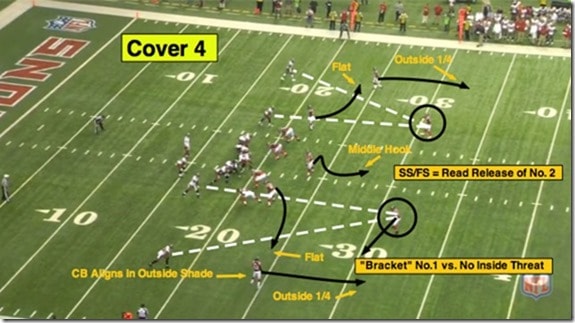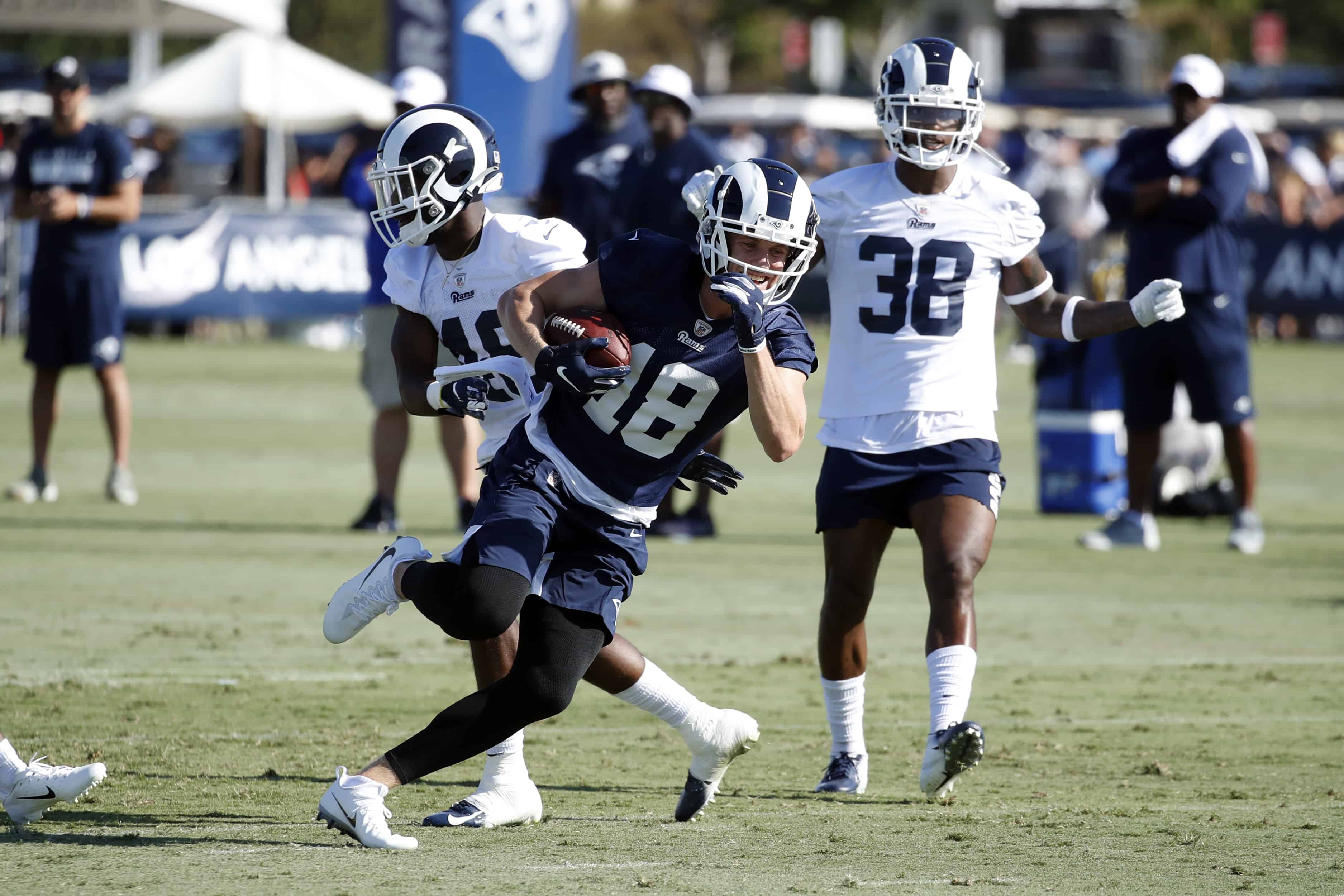As impressive as the Los Angeles Rams’ run to the Super Bowl was last season, there’s little argument it started to fizzle towards the end. The offense, one of the league’s best through the first half of the season was merely good, not great throughout the second half.
This doesn’t mean the Rams have to suddenly rethink everything they did or that the Sean McVay experiment has not been successful. (It’s a strange phenomenon when losing the Super Bowl can be viewed worse than not making it at all). But going into 2019, there does need to be a focus on how and why the offense dipped like it did and how that can be fixed for the upcoming season.
Injuries definitely played a big part, but the most impactful might not be the one mentioned most often. Todd Gurley has gotten much of the attention, but the loss of Cooper Kupp was felt more throughout the season.
Without Gurley at full strength, the Rams’ run game dropped from a league-leading 0.08 EPA per attempt in Weeks 1-15 to 0.07 with C.J. Anderson leading the charge in Weeks 16 and 17, per Sports Info Solutions. The positive play rate (percentage of plays with positive EPA) actually went up in the two games with Anderson (52 percent to 59 percent). The splits were significantly more drastic in the passing game without Kupp.
Kupp tore his ACL in Week 10 and there was a noticeable difference in the Rams’ offensive production at that point. The loss of Kupp was not just losing a player, but also a need to shift in philosophy. It’s been widely discussed how the Rams rely almost exclusively on 11 personnel.
That was definitely the case early in the season. From Weeks 1-10, the Rams used 11 personnel on 95 percent of their offensive plays. The next highest rate for teams in that span was 82 percent by the Minnesota Vikings. Los Angeles was incredibly successful through the air on those plays. They averaged 9.3 yards per attempt on 8.0 air yards per attempt with a success rate of 52 percent.
But after Kupp’s injury, the Rams didn’t see the same success. From Week 11 on, the Rams lowered their 11 personnel usage to 83 percent, which still led the league, but the production also dipped. The Rams averaged just 6.8 yards per attempt while Jared Goff tried to throw deeper with an average of 8.7 air yards per attempt with a 47 percent success rate.
Why Don’t You Just Meet Me In The Middle
The loss of Kupp was felt the most in the middle of the field, an area that brings the most value and a place the Rams frequently targeted throughout the season.

Production dropped across the board. Perhaps most significantly, the yards after the catch percentage dropped, a place Kupp excelled. That also meshes with Goff throwing almost a yard further down the field from 11 personnel during the second half of the season. While Robert Woods and Brandin Cooks also saw significant snaps from the slot, Kupp was most often the shorter target in key situations with yards after the catch. That wasn’t something that was replicated with him out.
There was an even bigger dip in success off play-action without Kupp using the middle of the field and for that reason, the Rams didn’t attempt as many passes to that area of the field.

A Defensive Shift
One thing that coincided with the timing of Kupp’s injury was a shift in how defenses started to play the Rams. It started in Week 13 against the Detroit Lions, when Matt Patricia started to roll out some Quarters coverages, a zone coverage that can be used to match in man coverage and can eliminate the need to adjust to things like motion and the types of releases the Rams successfully ran for much of the season.

source: xsosfootball.com
That strategy was picked up by the Chicago Bears the following week for Los Angeles’s worst passing game of the season and then the next week the Philadelphia Eagles also sprinkled the coverage into their game plan. Neither team ran that coverage for more than five snaps in any other game.

This strategy was also used to success by the New England Patriots during the Super Bowl, where the Rams scored just three points.
Kupp’s absence here is also noticeable. One of the ways to beat this coverage is with the quick passing game, which was Kupp’s role more so than Cooks and Woods. Woods got more overall targets off slants and in the intermediate areas of the field, but Kupp’s average depth of target was the lowest of the three per Next Gen Stats.
The Rams definitely looked like a different, not as good offense in the second half of 2018. Some of it is going to take some adjustment going forward, but the return of Kupp can be a positive sign to return to what the Rams have proven to do best.
















